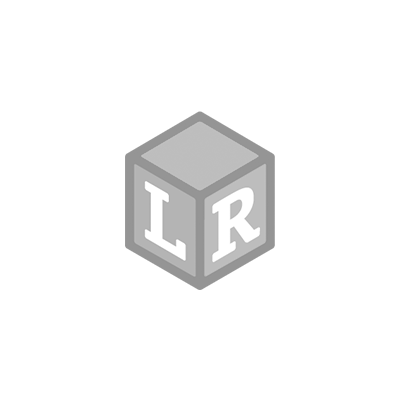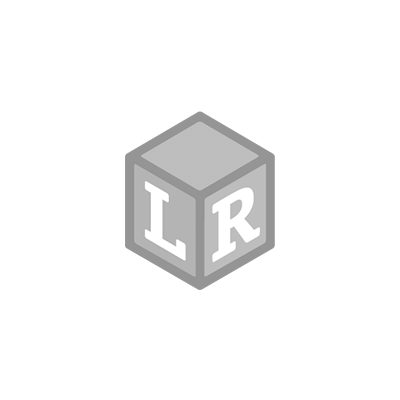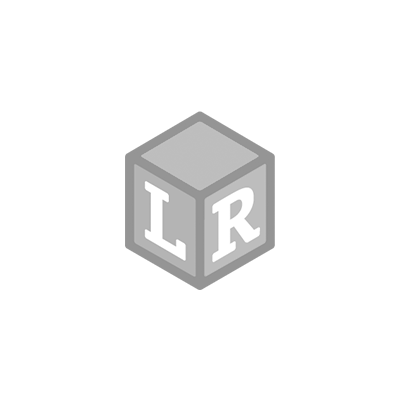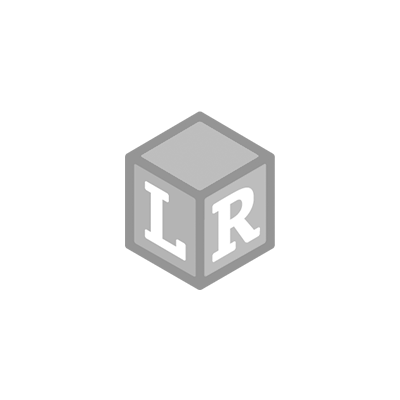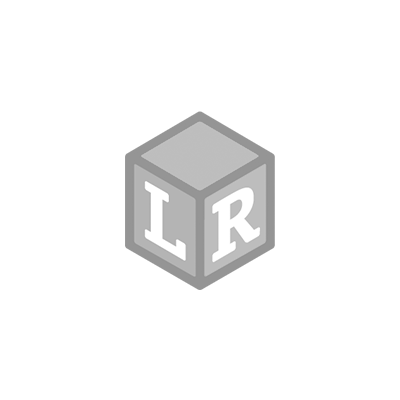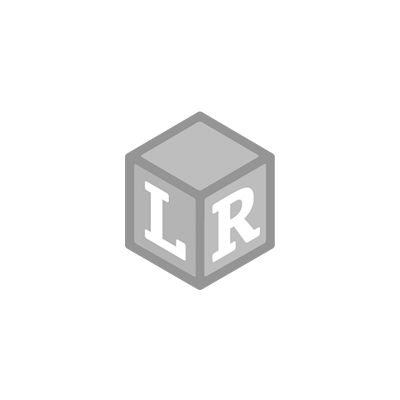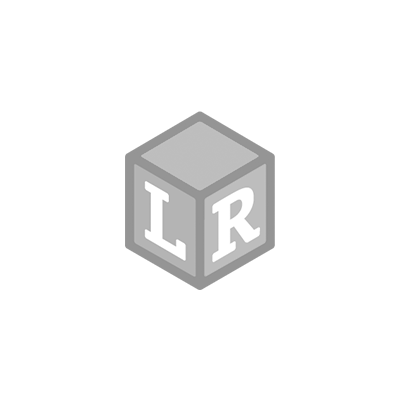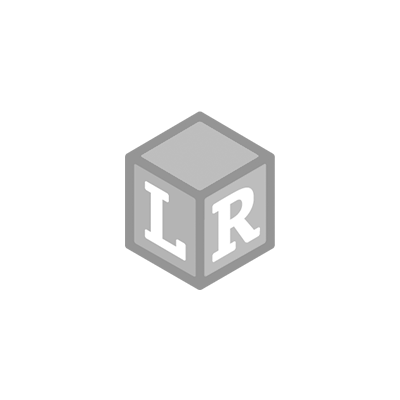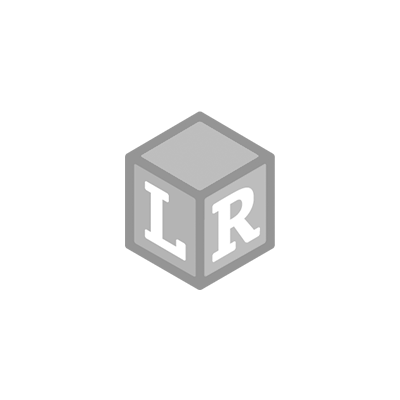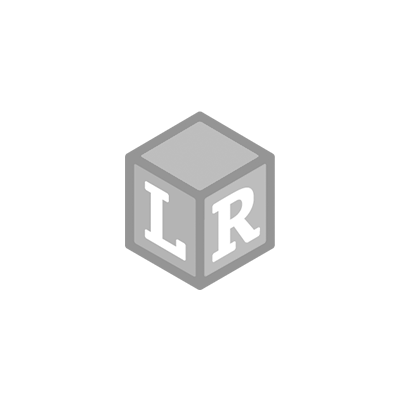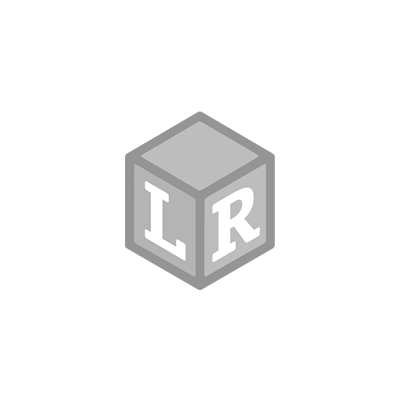Ah, the family road trip. Back in the day, there were no tablets, no in-car media centers, and no handheld devices to keep little ones busy during a cross-country excursion. Imaginations were free to fly as the American landscape rolled past.Before you hit the open road this summer, explore some engaging, no-screen activities for the kiddos to make the most of your family windshield time. After all, you are all in this together!
Alphabet FinderHave each (non-driving) family member hunt the letters from the alphabet using road signs and billboards, counting down from “A”. Each passenger should quietly go about this activity, so not give away his or her findings. On occasion, ask what letter everyone is “on”. Just wait until the whole family is stuck on “Q” together. The quiet competition keeps everyone guessing.
 I Spy Jar
I Spy JarBefore your family heads out, put together your own I Spy Jar. You will need a mason jar with a tight-fitting lid, a box of rice, and some small objects around the house like a doll comb, Snap Cubes, crayons, etc. Make a checklist for everything that will go in the jar. Pour in a small layer of the rice, add a few items, and then repeat. Seal the container and let the challenge begin!


 The License Plate Game
The License Plate GameAs you motor along, keep a tally of every state license plate your family spies. This also keeps kids thinking about geography. If you are in California, discuss how far a car from Iowa must have had to travel. What states did it have to cross to get to get here? When you stop for something to eat, take an extra spin around a crowded parking lot to search for plates missing off your list!
 Dry Erase Board
Dry Erase BoardThe dry erase board is a perennial favorite, whether on or off road. They are inexpensive and can keep hands busy for a long time. Make sure to pick one up for each family member, loading them up with a ton of extra colors. Many boards are magnetic, so don’t forget your Learning Resources numbers and letters, too.
 Busy Wallet
Busy WalletFor the younger set, upcycle an old wallet and fill it with items like used gift cards, ribbon, crayons, etc., for them to take out and put back in again. Little ones love to take a part Mom’s wallet, so why not give them one of their own? Just be prepared to be searching the car floor on your next rest stop to put it all back together.
 Window Clings
Window ClingsMake your little passengers’ window their own canvas. Grab window clings at your local drug store and pass them out when your riders become antsy. No mess, no worry, and lots of fun!
 Flashlights
FlashlightsNighttime driving can be especially challenging. Hand out individual flashlights to each of the kids. These can be used to read or simply to make funny faces or have “light wars” with their brothers or sisters.

Have a safe trip! (And remember to pack lots of snacks!)
 I Spy JarBefore your family heads out, put together your own I Spy Jar. You will need a mason jar with a tight-fitting lid, a box of rice, and some small objects around the house like a doll comb, Snap Cubes, crayons, etc. Make a checklist for everything that will go in the jar. Pour in a small layer of the rice, add a few items, and then repeat. Seal the container and let the challenge begin!
I Spy JarBefore your family heads out, put together your own I Spy Jar. You will need a mason jar with a tight-fitting lid, a box of rice, and some small objects around the house like a doll comb, Snap Cubes, crayons, etc. Make a checklist for everything that will go in the jar. Pour in a small layer of the rice, add a few items, and then repeat. Seal the container and let the challenge begin! 

 The License Plate GameAs you motor along, keep a tally of every state license plate your family spies. This also keeps kids thinking about geography. If you are in California, discuss how far a car from Iowa must have had to travel. What states did it have to cross to get to get here? When you stop for something to eat, take an extra spin around a crowded parking lot to search for plates missing off your list!
The License Plate GameAs you motor along, keep a tally of every state license plate your family spies. This also keeps kids thinking about geography. If you are in California, discuss how far a car from Iowa must have had to travel. What states did it have to cross to get to get here? When you stop for something to eat, take an extra spin around a crowded parking lot to search for plates missing off your list! Dry Erase BoardThe dry erase board is a perennial favorite, whether on or off road. They are inexpensive and can keep hands busy for a long time. Make sure to pick one up for each family member, loading them up with a ton of extra colors. Many boards are magnetic, so don’t forget your Learning Resources numbers and letters, too.
Dry Erase BoardThe dry erase board is a perennial favorite, whether on or off road. They are inexpensive and can keep hands busy for a long time. Make sure to pick one up for each family member, loading them up with a ton of extra colors. Many boards are magnetic, so don’t forget your Learning Resources numbers and letters, too. Busy WalletFor the younger set, upcycle an old wallet and fill it with items like used gift cards, ribbon, crayons, etc., for them to take out and put back in again. Little ones love to take a part Mom’s wallet, so why not give them one of their own? Just be prepared to be searching the car floor on your next rest stop to put it all back together.
Busy WalletFor the younger set, upcycle an old wallet and fill it with items like used gift cards, ribbon, crayons, etc., for them to take out and put back in again. Little ones love to take a part Mom’s wallet, so why not give them one of their own? Just be prepared to be searching the car floor on your next rest stop to put it all back together. Window ClingsMake your little passengers’ window their own canvas. Grab window clings at your local drug store and pass them out when your riders become antsy. No mess, no worry, and lots of fun!
Window ClingsMake your little passengers’ window their own canvas. Grab window clings at your local drug store and pass them out when your riders become antsy. No mess, no worry, and lots of fun!  FlashlightsNighttime driving can be especially challenging. Hand out individual flashlights to each of the kids. These can be used to read or simply to make funny faces or have “light wars” with their brothers or sisters.
FlashlightsNighttime driving can be especially challenging. Hand out individual flashlights to each of the kids. These can be used to read or simply to make funny faces or have “light wars” with their brothers or sisters.  Have a safe trip! (And remember to pack lots of snacks!)
Have a safe trip! (And remember to pack lots of snacks!)  Shop UK Site
Shop UK Site 
